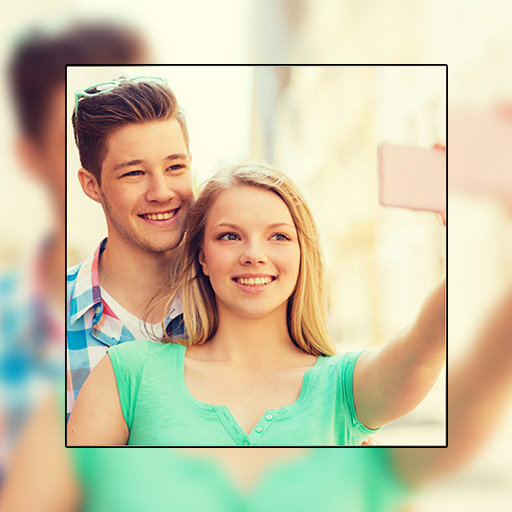Many smartphones are already equipped with decent camera modules. They may have very high camera resolution, 16Mp or more, although the sensor won’t be as good as real DSLR. However, these devices could still allow us to print good pictures and we could actually hang them on the wall. There are ways we can do to improve the photography potentials of our smartphone:
- Use panorama feature: We should choose dedicated photography app with proper panorama feature. In many cases, the built-in camera interface already includes panorama option, but they are limited in functionality and we won’t be able to produce real panorama effects. Some apps are built especially to deliver us advanced panorama option. As an example, they may allow to make multiple passes when capturing panorama pictures, so we could get a planetarium effect.
- Use burst mode: Unfortunately, burst mode isn’t available in many smartphone models, especially low-end ones. If we don’t have this capability, we shouldn’t feel so sad about it. We could install app dedicated to deliver this feature in quick successions. Good apps should allow us to reduce time lag between shots taken. On some smartphone models, the camera may not have the ability to quickly capture photos in succession, because they are slower in processing a single photo. In this case, the app will determine the proper quality settings to minimize the processing duration. After installing these apps, we will less likely to miss valuable times.
- Use time lapse feature: Time lapse feature is useful when we want to tell stories with pictures. There are different apps that help us create proper time lapse photos. In this case, photos can be joined together to create a movie-like content. Many time lapse apps are available for free in Google Play Store and Apple App Store.
- Create stop motion animation: Stationary objects can be made to move by using the stop motion technique. We can download various stop motion free apps for iOS and Android devices. When choosing an app, we should make sure that the UI is quite simple, because we will need to capture plenty of photos. There should also be automatic frame alignment feature and we should also be able to adjust the playback speed. When we export it to a common file format, such MP4, we should be able to determine the resolution and video size.
- Use photo filters: When we are using low-end smartphones, we are often concerned about the quality of the photo. In this case, we could hide the reduced photo quality by adding some effects. As an example, vintage or classic effects should work perfectly well, especially on phones with lower camera resolution. We should find out in advance about how the video or picture should be displayed after we capture it. There are different filters we can choose to create desired effects, such as single color, tilt shift and color tones.


























Leave a Reply